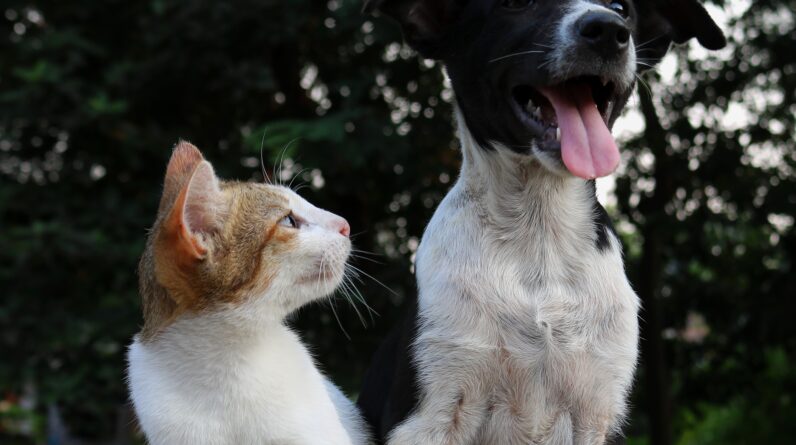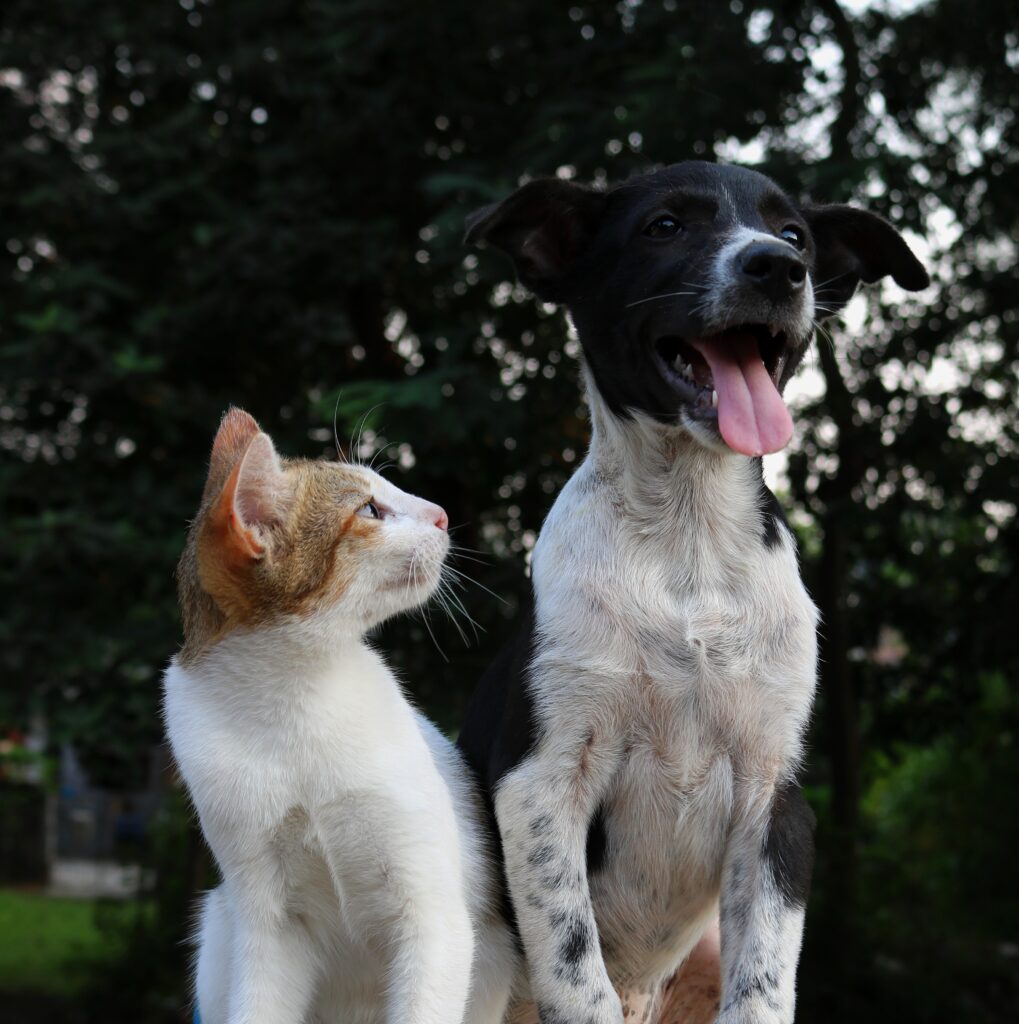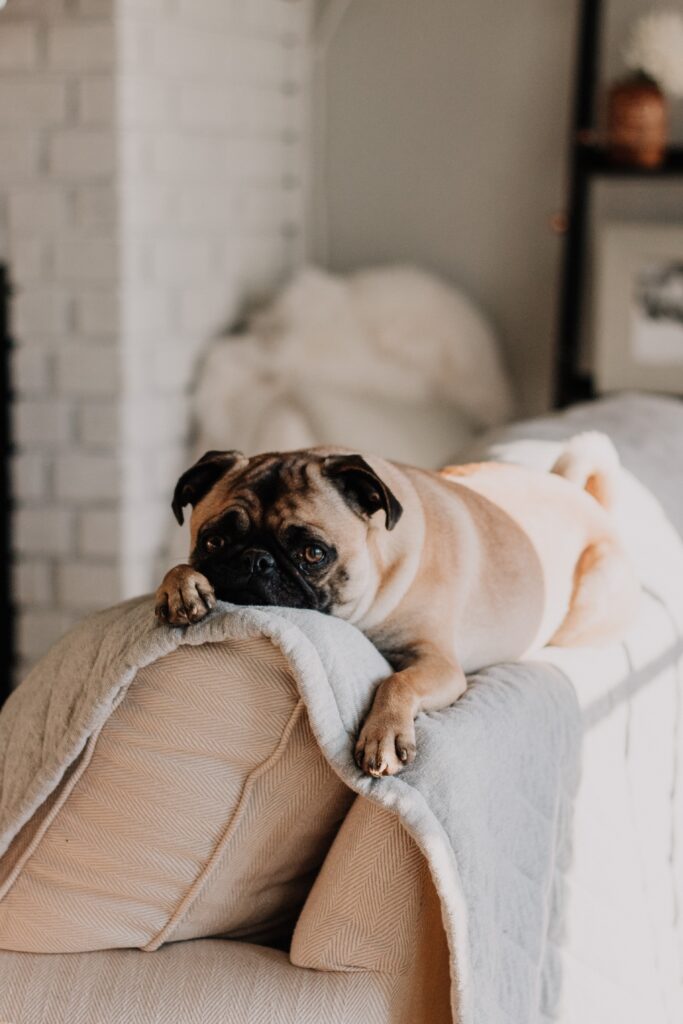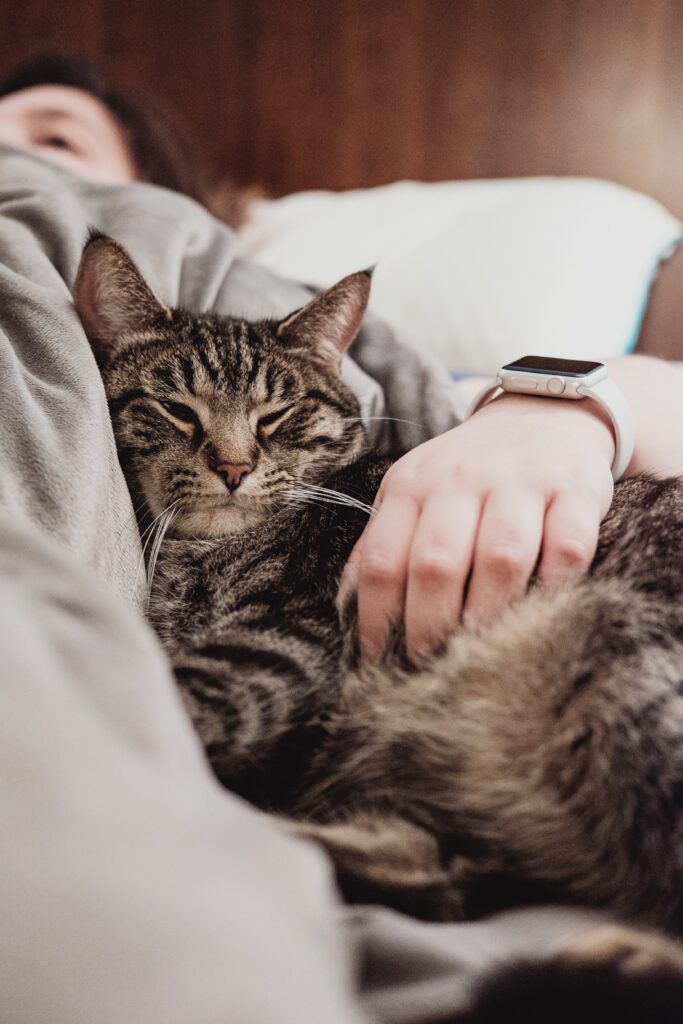
Have you ever wondered whether it is safe for your beloved feline friend to munch on plants? Many cat owners have found themselves questioning whether their curious kitties should indulge in their green cravings. In this article, we will explore the safety of cats consuming plants, providing insights into the potential risks and benefits for our four-legged companions. So, before you start worrying or dismissing your furball’s plant infatuation, let’s get to the root of the matter and find out whether it is truly safe for cats to eat plants.

Table of Contents
Potential Dangers of Plant Consumption
Cats are curious animals and often have a tendency to nibble or chew on plants. While some plants may be harmless to cats, there are others that can pose potential dangers. It is important for cat owners to be aware of the toxic plants for cats and the potential risks associated with plant consumption. Understanding the common plant toxicities and recognizing the symptoms of plant poisoning can help ensure the safety and well-being of your feline friend.
Toxic Plants for Cats
There are several plants that are known to be toxic to cats. Some examples include lilies, azaleas, daffodils, and tulips. These plants can cause various symptoms such as vomiting, diarrhea, disorientation, and even organ failure in severe cases. It is crucial to keep these toxic plants out of your cat’s reach to prevent any accidental ingestion.
Common Plant Toxicities
In addition to the specific toxic plants for cats mentioned above, there are other common plant toxicities to be aware of. Mistletoe, poinsettias, and certain types of ferns can also be harmful if ingested by cats. It is essential to research and identify the plants in your surroundings to ensure that they are safe for your furry friend.
Symptoms of Plant Poisoning
If your cat has consumed a toxic plant, it is vital to recognize the symptoms of plant poisoning. Common signs include drooling, lethargy, vomiting, diarrhea, excessive thirst, and difficulty breathing. If you notice any of these symptoms, it is crucial to seek veterinary assistance immediately. Early intervention can greatly increase the chances of a positive outcome for your cat.
Benefits of Cats Eating Plants
While there are potential dangers associated with plant consumption, there are also benefits to cats eating plants. It is essential to strike a balance and provide safe options for your cat to enjoy the nutritional and behavioral benefits of plant consumption.
Natural Dietary Fiber
Plants can provide cats with natural dietary fiber, which is beneficial for their digestive health. Consuming plant matter can help regulate bowel movements and prevent constipation in cats. However, it is important to ensure that the plants they consume are safe and non-toxic.
Assisting with Hairballs
One common concern for cat owners is hairballs. Cats have a natural tendency to groom themselves, which often leads to the ingestion of loose hair. Eating certain types of plants, such as cat grass, can help facilitate the passage of hairballs through the digestive system, reducing the risk of blockages or discomfort.
Indoor Plants and Cat Safety
For cat owners who have indoor plants, it is crucial to take certain precautions to ensure the safety of their feline companions. By choosing pet-friendly plants, preventing access to toxic plants, and carefully considering plant placement and supervision, you can create a safe indoor environment for your cat.
Choosing Pet-Friendly Plants
When selecting plants for your home, it is important to choose pet-friendly options. Some examples of cat-safe plants include spider plants, Boston ferns, and certain types of succulents. These plants are non-toxic to cats and provide a safe option for them to interact with.
Preventing Access to Toxic Plants
Even with pet-friendly plants, it is essential to prevent your cat from accessing any toxic plants. Place toxic plants in areas that are completely inaccessible to your cat, such as high shelves or hanging baskets. Alternatively, you can opt for plant stands with protective barriers to keep your cat away from the plants.
Plant Placement and Supervision
Consider the placement of plants in your home to minimize the risk of plant consumption. Avoid placing plants within easy reach of your cat, especially if they have a habit of chewing or nibbling on plants. Additionally, supervise your cat’s interactions with plants to ensure they do not consume any potentially harmful plant material.
Outdoor Plants and Cat Safety
If your cat has access to an outdoor area, it is important to cat-proof your garden to create a safe environment. By avoiding toxic outdoor plants and providing safe alternatives, you can minimize the risk of plant-related health issues for your cat.
Cat-Proofing the Garden
Cat-proofing your garden involves creating boundaries and obstacles that prevent your cat from accessing toxic plants. Use fencing or other barriers to restrict access to certain areas where toxic plants may be present. Additionally, consider creating a designated play area for your cat with cat-friendly plants and grasses.
Avoiding Toxic Outdoor Plants
Research and identify the toxic plants commonly found in your area and ensure that you do not have them in your garden. Some examples of toxic outdoor plants for cats include lilies, lantana, and certain types of ivy. It is crucial to remove or replace these plants with safe alternatives to protect your cat’s well-being.

Introducing Safe Plants for Cats
It is beneficial to introduce safe plants for cats that they can interact with without any harm. Cat grass, catnip, and valerian root are popular options that provide both physical and mental stimulation for your cat.
Cat Grass
Cat grass, such as wheatgrass or oat grass, is a safe and commonly available option for cats. It provides essential vitamins and minerals while aiding in digestion and hairball elimination. Growing cat grass indoors or in a designated outdoor area allows your cat to graze on it as desired.
Catnip
Catnip is a favorite among cats, known for its euphoric effects. It can be offered in various forms, including fresh or dried leaves, or as a sprinkle on toys or scratching posts. The interaction with catnip can be a great source of entertainment and enrichment for your cat.
Valerian Root
Valerian root is another plant that can stimulate cats. It can be found in various forms, including extracts or as an ingredient in certain calming sprays or toys. However, it is important to note that valerian root can have a strong odor that not all cats may enjoy. Monitor your cat’s reaction and adjust accordingly.
Substitutes for Plant Consumption
If you’re concerned about your cat consuming plants, there are alternatives available that can fulfill their natural urge to chew and nibble. Commercial cat grass products and artificial grass alternatives can provide a safe and controlled outlet for your cat’s plant-related behaviors.
Commercial Cat Grass Products
Various commercial cat grass products are available for purchase, including pre-grown trays or seed packets. These products are specifically designed for cats and provide a safe and convenient option for plant consumption. Simply follow the instructions for planting and offer the cat grass to your feline friend.
Artificial Grass Alternatives
If you prefer a low-maintenance alternative, artificial grass can be a suitable option. Look for artificial grass specifically designed for pets, as it is often non-toxic and easy to clean. This option allows your cat to have a similar sensory experience without the risk of consuming harmful plants.

Behavioral and Health Considerations
It is important to understand that plant eating can sometimes be a behavioral issue rather than a nutritional need. Additionally, certain health risks and digestive upsets may arise from excessive plant consumption. It is crucial to keep an eye on your cat’s behavior and seek veterinary guidance if needed.
Plant Eating as a Behavioral Issue
Some cats may develop a habit of compulsively eating plants as a form of pica, which is a behavioral disorder. If you notice excessive plant consumption or if your cat shows signs of distress when plants are not available, it is recommended to consult with a veterinarian. They can provide guidance on managing the behavioral issue and offer potential solutions.
Potential Health Risks and Digestive Upsets
While plants can offer certain benefits to cats, they should not constitute a major part of their diet. Excessive plant consumption can lead to digestive upsets such as vomiting, diarrhea, or intestinal blockages. If you notice any abnormal symptoms or your cat’s behavior changes after consuming plants, it is important to seek veterinary attention to rule out any potential health risks.
The Role of Veterinary Guidance
If you have any concerns or questions regarding your cat’s interaction with plants, it is always best to consult a veterinarian. They can provide valuable guidance tailored to your cat’s specific needs and help ensure their safety and well-being.
Consulting a Veterinarian
A veterinarian can offer expert advice and recommendations regarding plant safety, safe alternatives, and potential behavioral issues. They can assess your cat’s overall health and provide personalized recommendations based on their history and individual needs. By seeking veterinary guidance, you can ensure that your cat’s plant consumption is safe and appropriate.
Plant Poisoning Treatment
In the unfortunate event of plant poisoning, prompt veterinary intervention is crucial. If you suspect your cat has consumed a toxic plant or is showing symptoms of plant poisoning, contact your veterinarian immediately. They will be able to provide appropriate treatment based on the specific plant involved and the severity of the poisoning. Time is of the essence when it comes to plant poisoning, so quick action can potentially save your cat’s life.
In conclusion, while there are potential dangers associated with plant consumption for cats, there are also benefits to be gained when considering safe options. By being aware of toxic plants, choosing pet-friendly options, cat-proofing your indoor and outdoor spaces, and providing safe alternatives, you can create an environment that promotes your cat’s safety and well-being. However, it is always important to monitor your cat’s behavior, consult a veterinarian for guidance, and seek prompt veterinary assistance in case of any plant-related emergencies.
